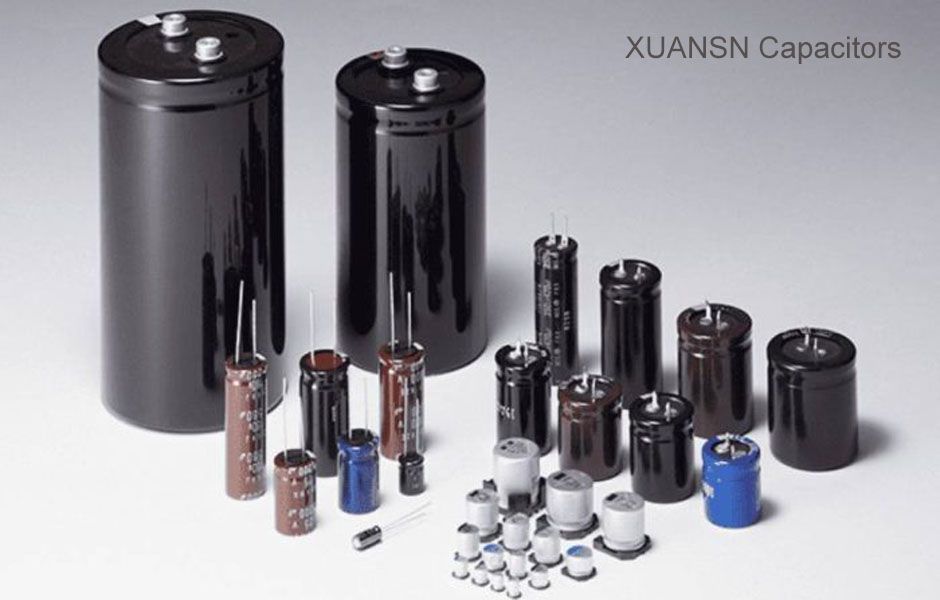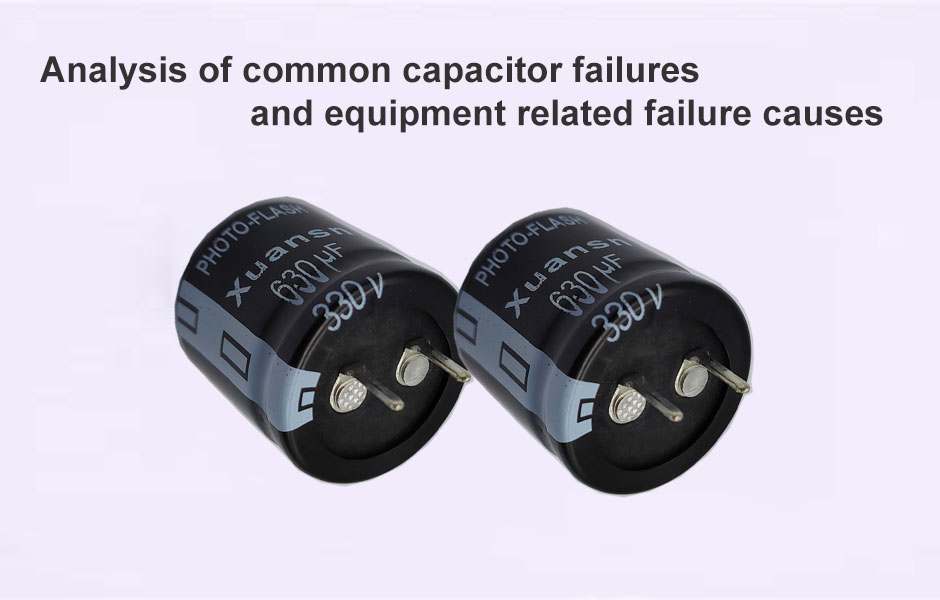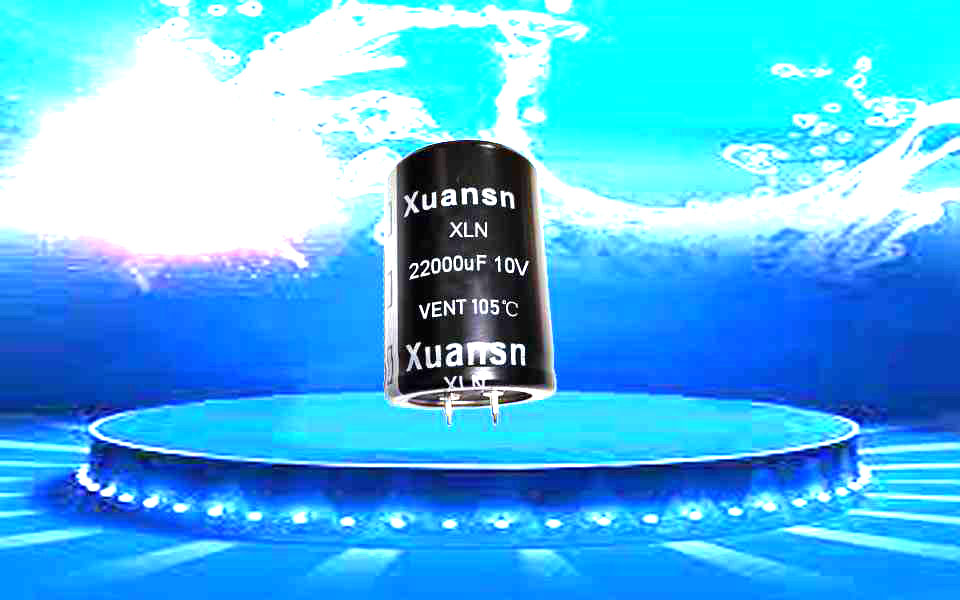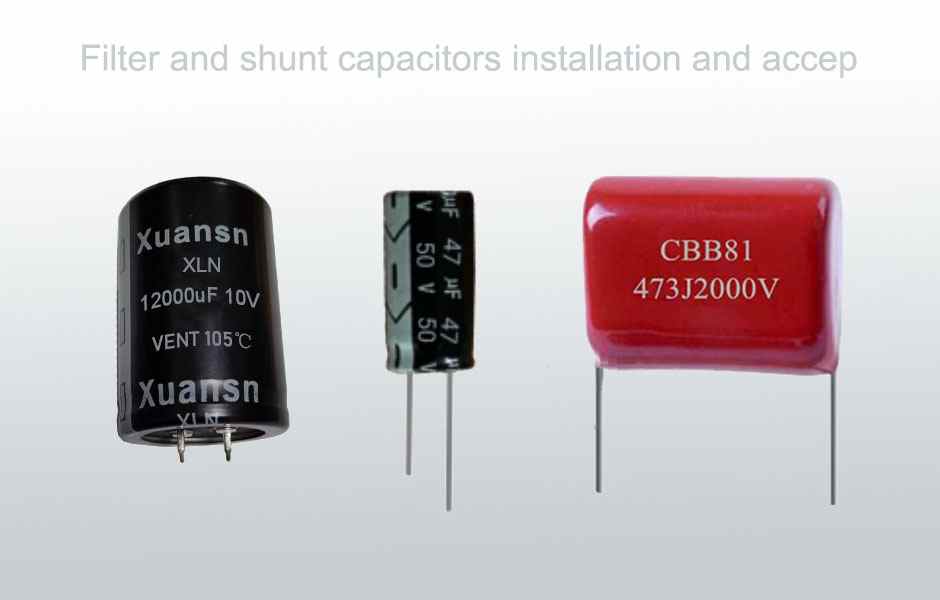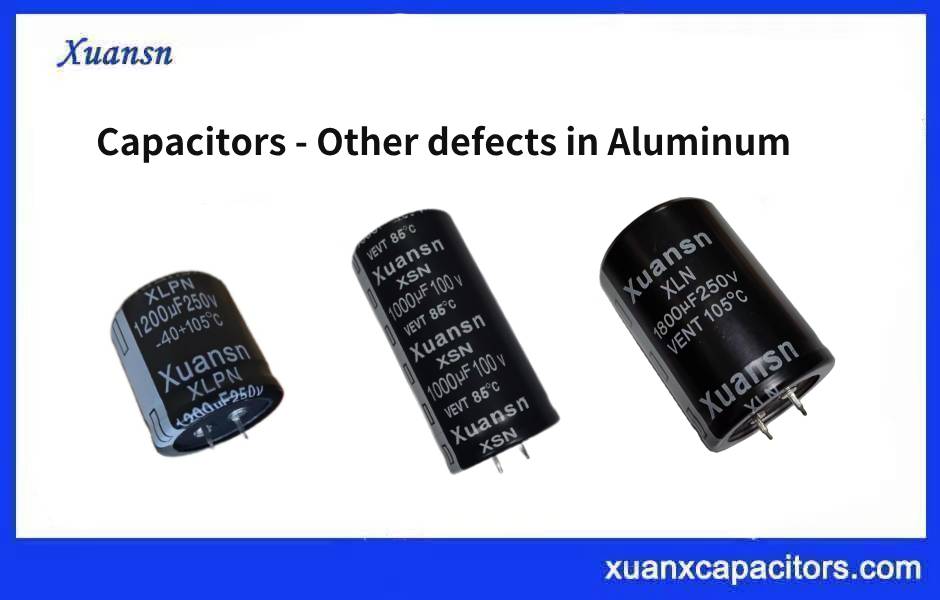🤚🏾 The electronic aluminum foil used in aluminum electrolytic capacitors, whether it is anode foil or cathode foil, requires the use of aluminum ingots to go through a complicated process to make foil materials.
🤚🏾 Generally, the cathode foil manufacturing process is relatively simple, as long as the continuous casting and rolling paperboard is used, and then the foil rolling can be carried out. The anode foil manufacturing process is much more complicated, mainly to ensure that the aluminum foil can form a high cubic texture in the subsequent annealing process. The anode foil manufacturing process is shown in Figure 1-1.
⌛️ Each process is introduced as follows:
💡1. Casting and rolling ingot: The secondary refined aluminum ingot is melted in a heating furnace, and then mixed with the leftover material from the front roll or the trace metal elements that need special addition (such as copper, indium, lead, cerium, etc.). The molten liquid is generally Semi-continuous casting method (or stage casting method) is cast into ingots suitable for rolling. The size of the ingots varies with the scale of the factory and the ingot equipment used. Typical dimensions are 600~1000mm in width, 270~390mm in thickness, and 6000~ in length. 8000mm, mass 3~8t. Generally, water-cooled metal molds are similar to rectangular parallelepiped. Due to the large volume of cast ingots, slow heat dissipation, and low crystal nucleation rate, a relatively coarse-grained cast structure will be formed during the cooling process of the molten liquid.
💡2. Planing the surface of the ingot: the surface of the ingot is uneven, with casting coolant and oxide layer, and high melting point residual impurities are also segregated and concentrated on the surface 5-10mm before continuing to the next process. According to different requirements, this process can also be omitted.
💡3. Homogenization treatment: Heat the ingot to near the melting point temperature and keep it for 20~30h, so that the trace metal impurities are uniformly distributed in the ingot and the internal stress of the casting is eliminated.
💡4. High-temperature rolling processing: the homogenized ingot is directly hot-rolled on a rolling mill, using a large rolling rate, after more than ten times of repeated rolling, the thickness reaches 3~5mm and can be wound into The tube is called a rolled sheet. During the high-temperature rolling process of aluminum sheet, the temperature gradually drops to form a recrystallized structure, which destroys the cast structure and transforms it into a rolled structure. The size of the structure is 0.5mm.
💡5. Normal temperature rolling processing: the hot rolled coil is cooled to about 80℃ and then cold rolled at normal temperature. With a small rolling rate, after about 3 times of repeated rolling, its thickness is reduced to 0.5~0.6mm, and then it is wound. Become aluminum foil material. In order to facilitate the final annealing to obtain a high cubic texture degree, sometimes an intermediate annealing is required after normal temperature rolling. The annealing temperature is generally about 300 ℃. Its function is to eliminate the residual stress in the aluminum foil material on the one hand, and on the other hand to repair the part by the normal temperature roll High temperature rolling structure destroyed by rolling.
💡6. Finish rolling of aluminum foil: It can be achieved after several times of finishing rolling according to various thickness requirements, and the minimum thickness can reach 5μm.
💡7. Washing and winding: After the rolling is finished, the rolling grease should be cleaned to ensure that no impurities are left on the surface of the aluminum foil and winding.
💡8. Annealing treatment: The hardness of cold-rolled aluminum foil is increased, and it is generally inconvenient to use. It is often necessary to perform annealing treatment under inert gas or vacuum to make the finished foil in a low-hardness or soft-quality state. For high-pressure foils, a cubic texture degree of more than 95% is formed after annealing.
💡9. Cutting: In addition to cutting the uneven edges at both ends of the roll foil, it is generally necessary to cut the width into several finished foils of different specifications according to the product specifications, and then package them at the end. Its width mainly depends on the ability of corroding equipment and energizing equipment. At present, the width of electronic aluminum foil is generally 500mm.

